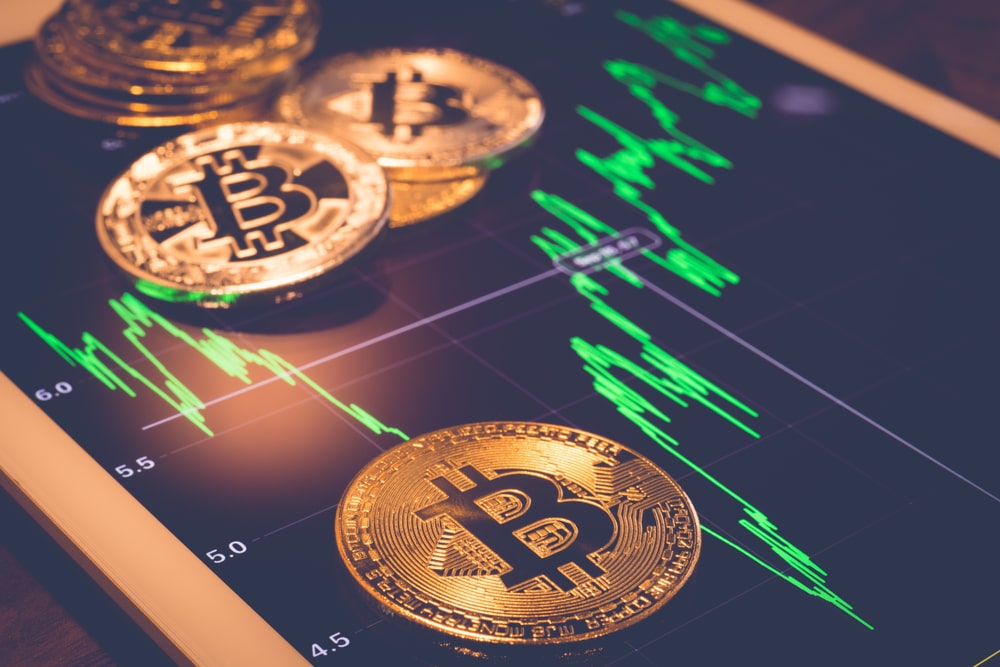Are you a crypto trader? If so, you have likely been in a situation where your trade isn’t executed at the expected price. This is caused by crypto slippage. If you want to learn more about slippage and how to minimize it, then we recommend reading this article.
Explaining Crypto Slippage
The price of a particular cryptocurrency can fluctuate between the time you place an order and when it’s executed. For example, you may want to enter a Bitcoin buy trade at $60,000, but the exchange ends up executing your order at $60,200. The difference between the expected price and the execution price is known as crypto slippage.
Causes of Crypto Slippage
Low liquidity and market volatility are the main causes of crypto slippage. For instance, if the Bitcoin market is experiencing high volatility at the time you want to place a trade, your order will likely be filled at an unexpected price.
Similarly, if a trading pair lacks enough liquidity, the likelihood of your order not being executed at the preferred price is high.
Positive and Negative Slippage Explained
Two types of crypto slippage exist. They include:
1. Positive Slippage: If you plan to buy Ethereum, say at $2,000, but your order gets filled at $1,900, then you will save $100. This is what’s known as positive slippage.
2. Negative Slippage: This type of slippage happens when you open a trade at a higher price than expected. For instance, instead of your Ethereum buy order getting filled at $2,000, it’s executed at $2,200.
Crypto Slippage on Centralized vs. Decentralized Exchanges
Decentralized Exchanges (DEXs): Crypto slippage in these platforms is beneficial to liquidity providers (parties that deposit their assets in liquidity pools to facilitate seamless trading). The extra amount you pay due to negative slippage is distributed between these providers.
Centralized Exchanges (CEXs): These trading platforms keep any slippage amount rather than passing it on to other parties.
What Causes Slippage on Centralized Exchanges?
Here are some of the factors that prompt crypto slippage on CEXs:
1. Market Volatility: Extreme volatility in a crypto market can lead to price fluctuation between the time you submit an order and when it’s executed. As such, you may encounter negative or positive slippage.
2. Exchange Fees: The transaction fees imposed by a CEX on your trade can cause slippage.
3. Liquidity and Order Size: If you place a large order in a market with low liquidity, the chances of negative slippage become considerably high.
What Causes Slippage on DEXs?
Factors that cause slippage on DEXs include:
1. Trading volume: When the trading volume in a particular pair is high, the prices tend to be relatively stable, thus reducing slippage. On the other hand, a low trading volume causes massive price swings, increasing the probability of slippage.
2. Block Confirmation Time: Decentralized exchanges rely on blockchains to process trades. So, if these networks are slow, your orders may take several minutes to be confirmed. As such, slippage could happen before order confirmation.
3. Liquidity: Trading pairs with low liquidity make it almost impossible for traders to execute trades at their preferred prices.
How to Minimize Crypto Slippage
To protect your trading capital, you should understand how to minimize slippage. Here are some strategies you can apply:
1. Use Limit Orders: Instead of placing an order at the current market price, use limit orders, which instruct exchanges to execute an order only when the crypto price reaches a certain level. By specifying your preferred price, you can minimize slippage significantly.
2. Trade on the Right CEX: As mentioned, trading fees charged by CEXs can cause slippage. Therefore, trading on an exchange that imposes low transaction fees is vital.
3. Adjust Your Slippage Tolerance: All the leading DEXs have slippage tolerance settings that allow users to specify their ideal slippage percentage. For example, if you don’t mind buying Bitcoin at 2% higher than your preferred price, then set 2% as your slippage tolerance.
At Tokenhell, we help over 5,000 crypto companies amplify their content reach—and you can join them! For inquiries, reach out to us at info@tokenhell.com. Please remember, cryptocurrencies are highly volatile assets. Always conduct thorough research before making any investment decisions. Some content on this website, including posts under Crypto Cable, Sponsored Articles, and Press Releases, is provided by guest contributors or paid sponsors. The views expressed in these posts do not necessarily represent the opinions of Tokenhell. We are not responsible for the accuracy, quality, or reliability of any third-party content, advertisements, products, or banners featured on this site. For more details, please review our full terms and conditions / disclaimer.

